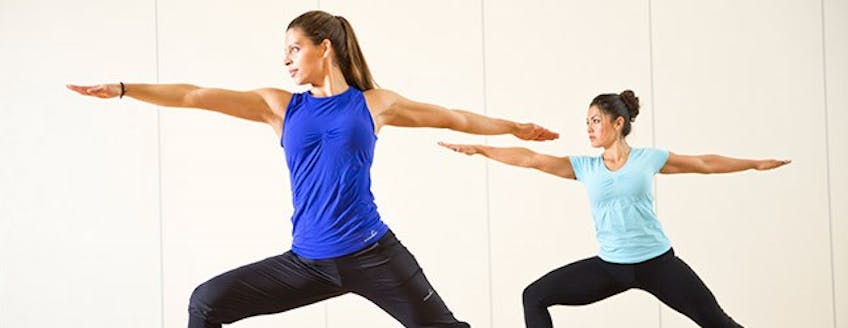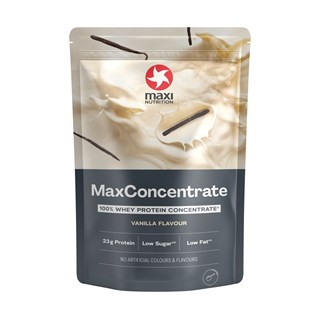Yoga can support and compliment your training in most sports
What is yoga?
Whether you’re an experienced yogi, a yoga rookie or a member of the Broga society, yoga can benefit most by helping to improve flexibility, strength and support your athletic performance.
The typical yogi stereotype of a petite flexible female no longer rings true. Nowadays we see elite athletes such as Andy Murray and the New Zealand All Blacks rugby team incorporating yoga into their rigorous training regimes to improve their athletic performance.
Yoga is a non-competitive and mindful activity that anyone can participate in regardless of age, gender, or bendiness. It can loosen the tight spots that you get with working out which can hinder physical performance.
What are the benefits of yoga?
Yoga integrates a balance between strength, flexibility and mobility, and research indicates participation in yoga can yield improvements in overall physical fitness, increased muscular strength, co-ordination, and even endurance. While the strong emphasis that is placed on breathing practices can result in a therapeutic effect, by reducing psychological and physical stress, something which can plague the best of us. Yoga has also been shown to decrease the stress hormone Cortisol, which can help to relieve stress and depression (Thirthalli et al. 2013). The increase in physiological gains seen with participation in yoga can allow the body to recover from intense training and can prevent against injury.
Yoga has been the focus of numerous scientific studies due to its efficacy as a functional moving activity. One particular study (Cowen, 2010) explored the benefits of how yoga can influence functional fitness and perceived stress in fire fighters from a major metropolitan fire department. They reported significant improvements in functional fitness, trunk flexibility, perceived stress, and reduced muscoskeletal pain. These findings illustrate how yoga can positively influence our psychological and physical well-being.
How can yoga support my sport?
Yoga can be used in conjunction with hard training to lengthen and recover muscles following a workout or as a way to correct muscle imbalances and poor body mechanics.
GOLFYoga can help strengthen your core and aid trunk rotation during the swing, allowing translation of power through the drive.
CYCLINGLong term participation in cycling where the knees are bent over an extended period of time can shorten the hamstring muscles. Yoga can help to stretch the muscles following your ride and therefore allow you to engage these muscle groups sufficiently in subsequent training sessions.
SWIMMINGYoga can help to establish a good range of movement around shoulders and keep the back muscles open and strong, necessary for swimming.
RUNNINGYoga can open the hips and relax the Iliotibial band (commonly known as the IT band) which if tight can lead to injuries of the knee, generally associated with running.
ROWINGTrunk stability and hip mobility are vital for optimising rowing performance. Participation in yoga can support development in these areas.
Incorporate yoga into your training schedule 2 – 3 times per week to balance out the physical stress of exercise and to support athletic performance.
ReferencesCowen, V. S. (2010). Functional fitness improvements after a worksite-based yoga initiative. Journal of Bodywork and Movement Therapies, 14, 50 – 54.
Thirthalli, J., Naveen, G. H., Rao, M. G., Varambally, S., Christopher, R., Gangadhar, B. N. (2013). Cortisol and antidepressant effects of yoga. Indian Journal of Psychiatry, 55, S405-S408.
By Rebecca Williams, Expert Scientist at the Human Performance Lab





















